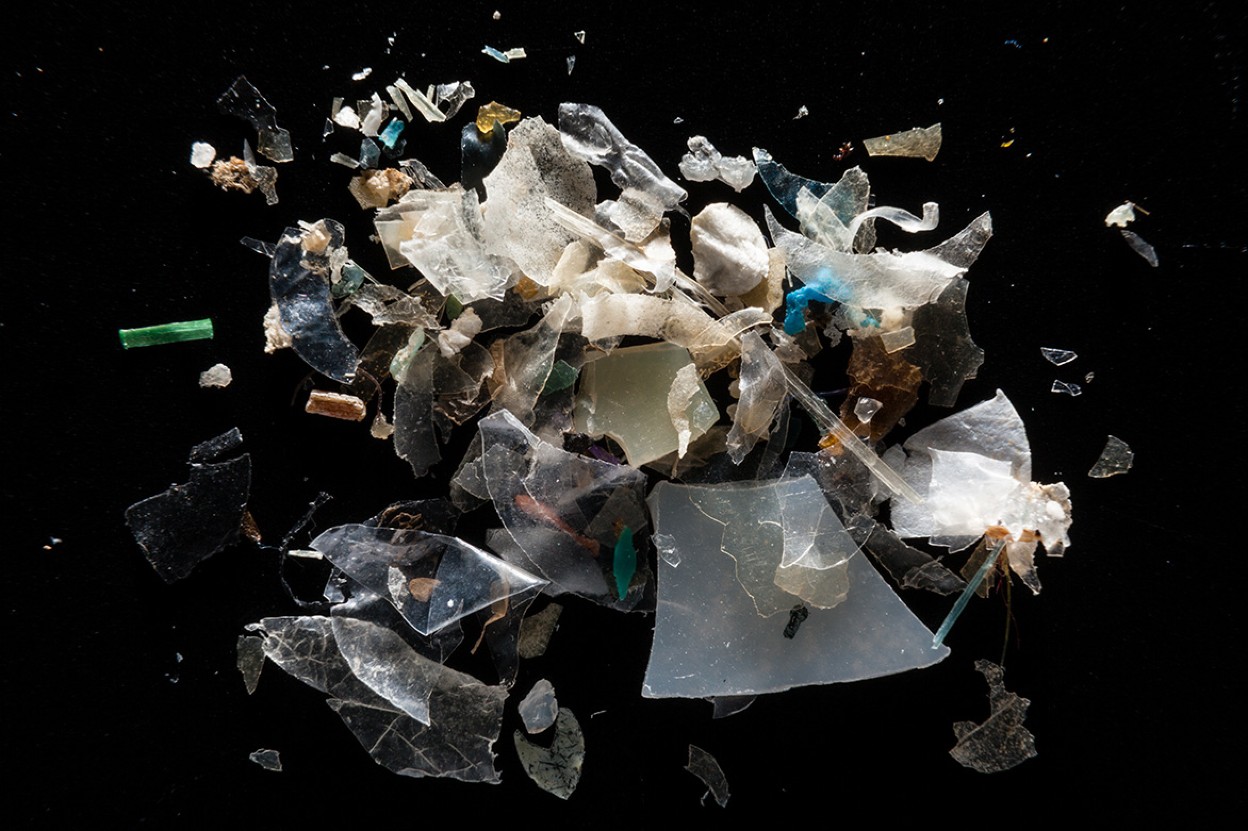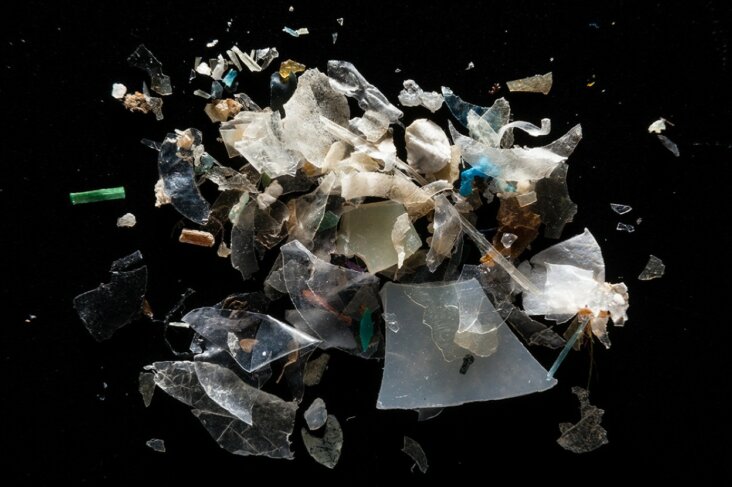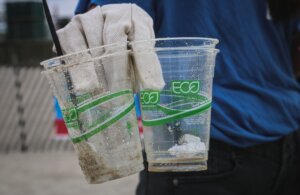Microplastics collected from the Magothy River in Maryland. (Credit: Will Parson/Chesapeake Bay Program)
Scientists have started shifting to more environmentally realistic conditions and using fibres or fragments of plastics, rather than spheres, XiaoZhi Lim explains in an article on Nature.com. The article nicely sums up how microscopic plastic particles affect our environment and organisms. Researchers can use optical microscopes and spectrometers — which distinguish between particles by their differing interactions with light — to measure the length, width and chemical make-up of plastic particles down to a few micrometres. Below that scale, plastic particles become difficult to distinguish from non-plastic particles such as marine sediment or biological cells. “You’re looking for the needle in the haystack, but the needle looks like the hay,” says Roman Lehner, a nanomaterials scientist at the Sail and Explore Association, a Swiss non-profit research group. Read the full article...
What really happens to the plastic you throw away - Emma Bryce










